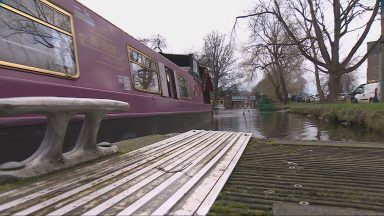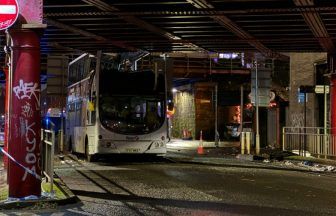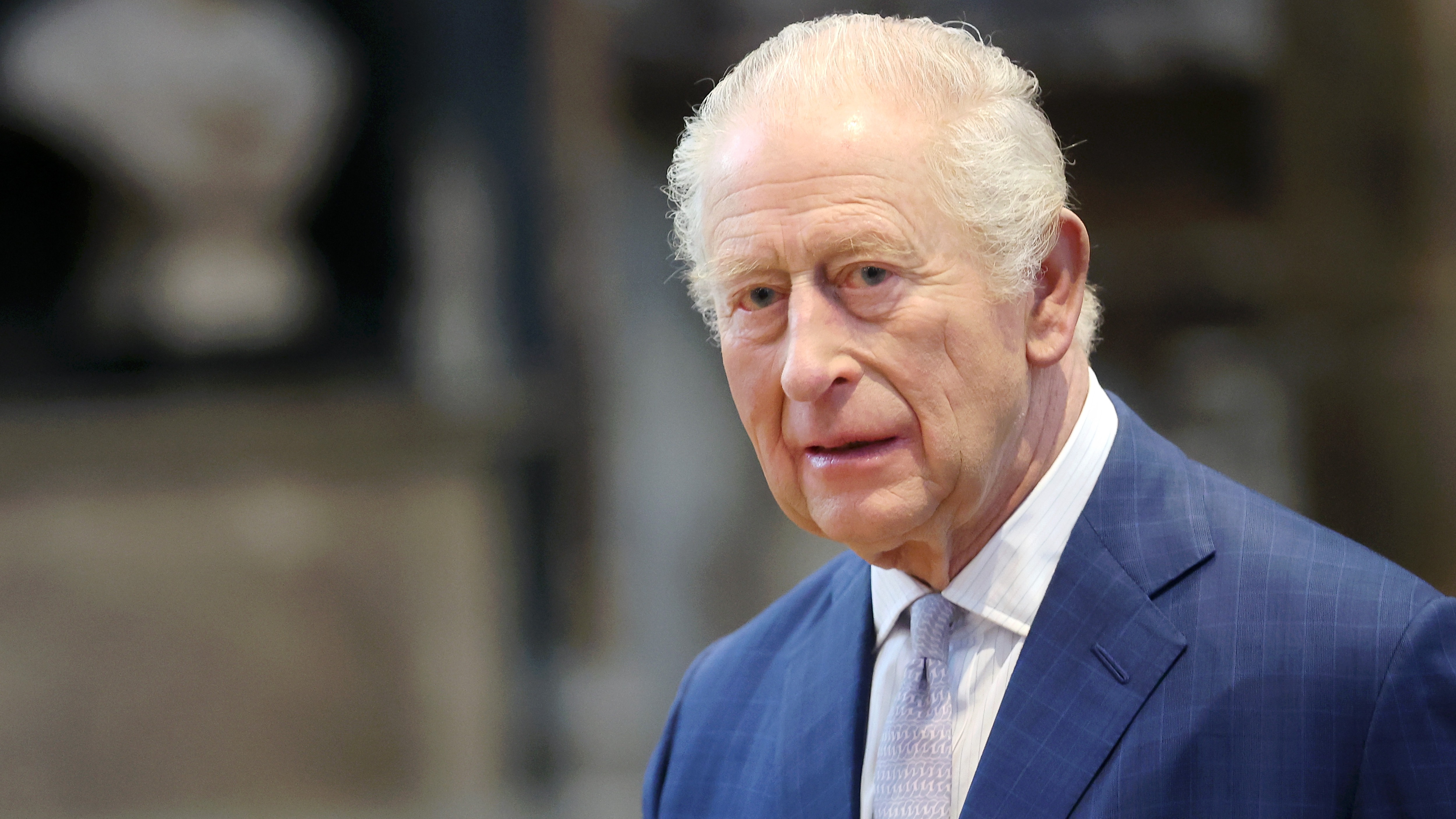It’s been almost a year since Scotland appointed its first dedicated housing minister.
Within that time three councils have declared housing emergencies due to mounting pressures in their local housing system and other authorities are warning they will be next.
Statistics show that Scotland’s housing emergency is intensifying.
The number of new build homes being started is down by 26% and the number of completions has fallen by 6%. This stall in building rates has intensified the housing problems felt in each council area.
Argyll and Bute, Edinburgh and Glasgow have all declared a housing emergency to draw attention to the strain their housing system is under. They say they are no longer able to meet their basic housing obligations and need urgent help from both the Scottish and UK governments.
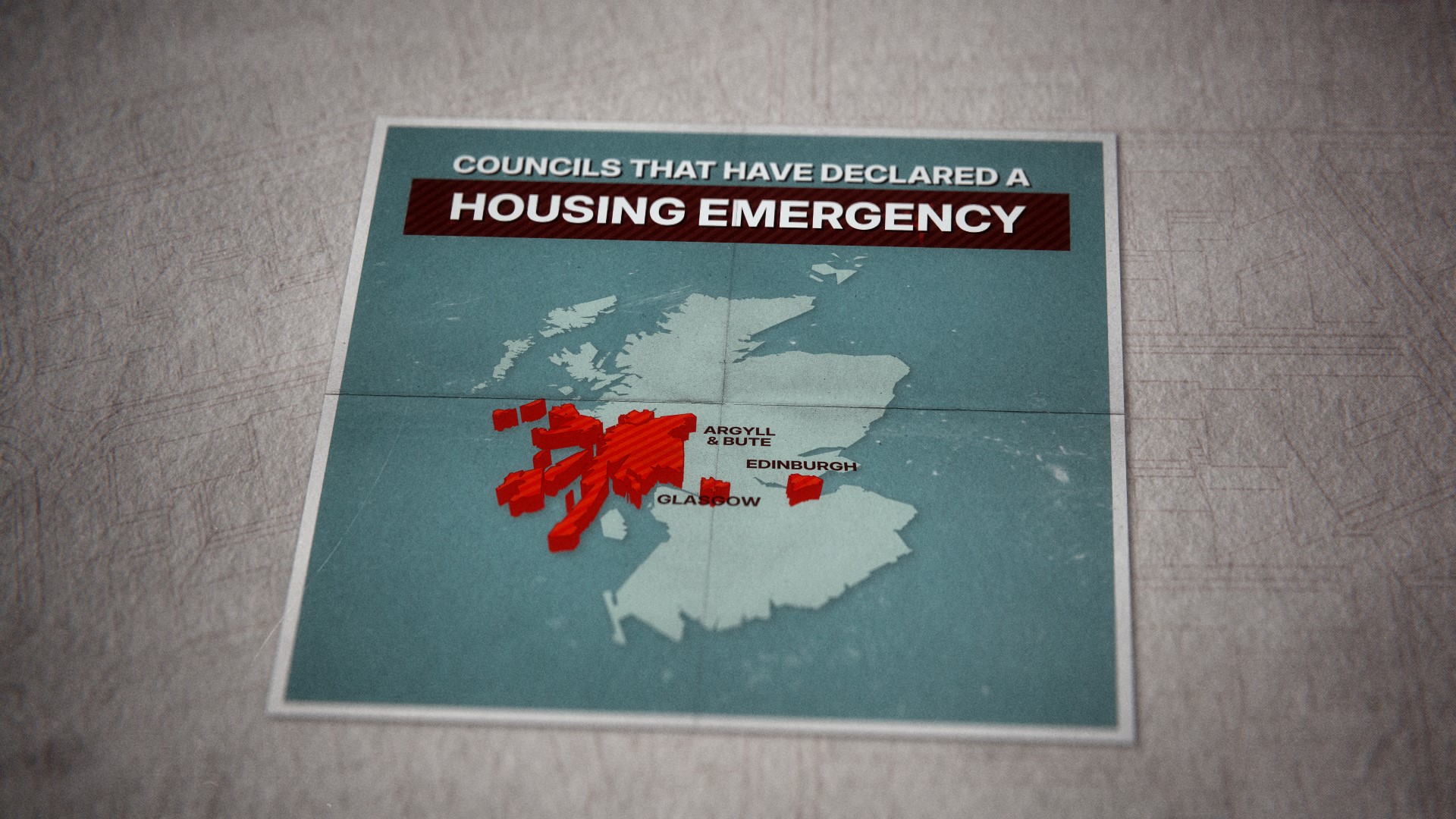 STV News
STV NewsArgyll and Bute were first, citing a rise in homelessness and an increasing lack of available housing in order to meet demand.
Being a largely rural area, they say they are contending with issues around the number of second homes and holiday lets, which has pushed up prices for locals looking to buy or rent a property.
Edinburgh was next as homelessness figures reached almost 5,000 households a night. Short-term lets are also a problem for the city as many homes have been turned into visitor accommodation, limiting the number available for locals to live in.
The city’s attempts to license these Airbnb-style lets has also encountered a number of problems since it was introduced in 2022.
Glasgow followed shortly after because of an “overwhelming increase” in the number of people presenting as rough sleepers combined with a “significant rise” in asylum seekers needing safe housing.
The Home Office decision to speed up thousands of asylum claims means there have been more people approaching local authorities for homeless services. Glasgow City Council now has a backlog of over 600 cases which it has described as an “almost impossible challenge”.
In the last two weeks, the leader of Fife Council wrote to the Scottish Government calling on them to take urgent action on housing and homelessness to prevent them from becoming the next area to fall into an official emergency.
The councils all say funding and legislative change is crucial in order to help them respond to the challenges and prevent the situation from getting worse. The hopes are that by highlighting the issues, they can make a special case for more support across the public and private sector.
How did we get here?
All experts agree that the main issue is supply and demand. There is a shortage of affordable homes in Scotland compared to the amount of people that need one.
According to the latest census, Scotland’s population has only grown slightly in the last decade. It’s now 5.4 million, which is a 2.7% rise. That is less than elsewhere in the UK.
The increase was also driven by migration, without it the population would actually have decreased. So, if there has not been a rapid increase in the number of people living here, why is there a shortage of homes for us all to live in?
Lack of Social Housing Supply
In the 1970s, over half of Scotland’s homes were social housing, meaning the properties were owned and rented out by either a local authority or a housing association. The latest data shows the number has dropped to around 23%.
The purpose of social housing is to build, maintain and rent out safe and affordable properties to tenants as well as to provide them with care and support services.
Historically, councils were the main provider but over the last few decades, a number of local authorities, including Glasgow and Argyll and Bute, have transferred all of their stock to housing associations.
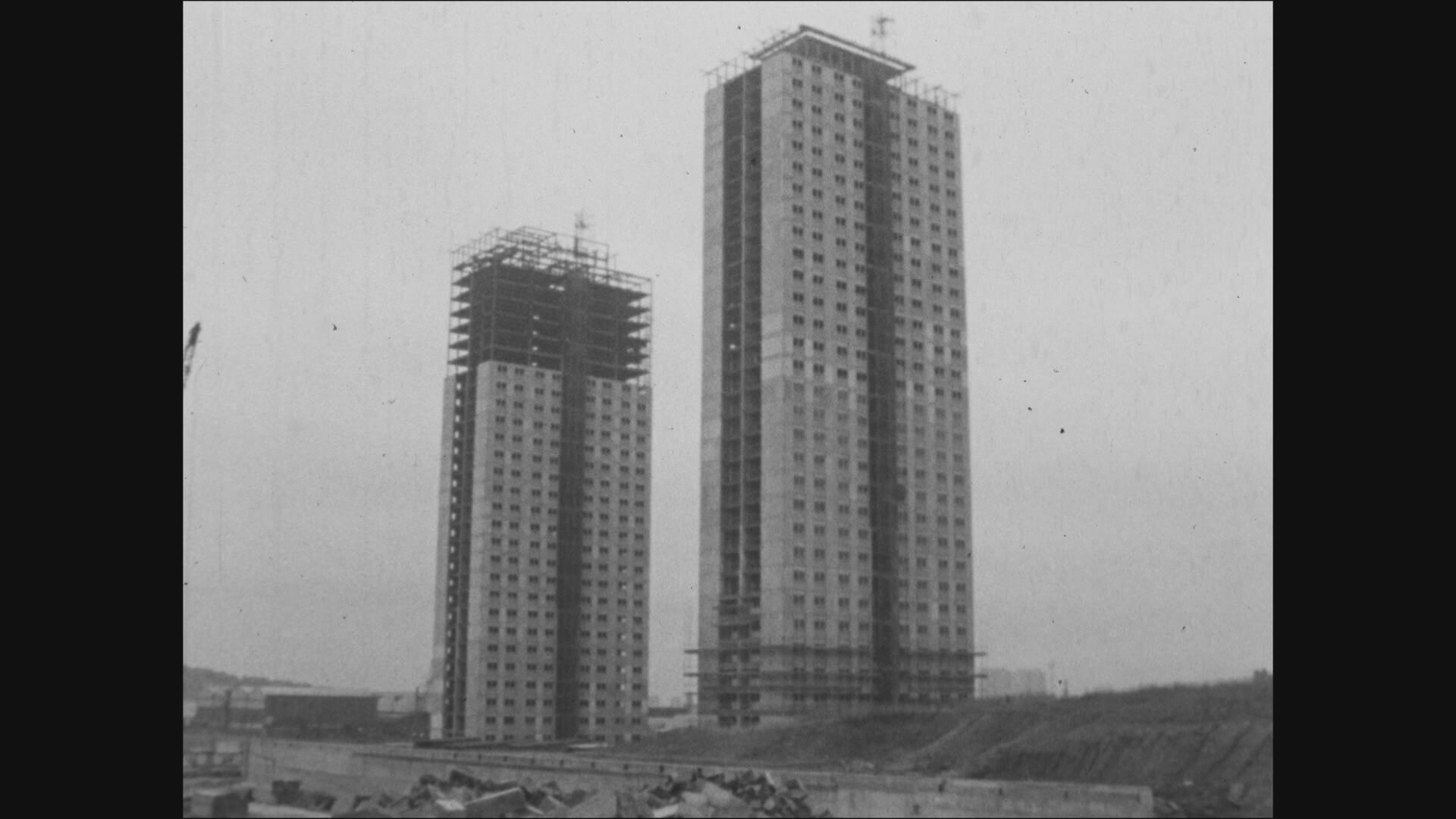 STV News
STV NewsWheatley Homes, formerly Glasgow Housing Association, is now Scotland’s largest social landlord with 40,000 properties on their books.
More than half a million social homes in Scotland were sold through the right-to-buy scheme which allowed tenants to purchase their home at a reduced rate.
The policy ran from 1980 to 2014 and new builds and refurbishments have struggled to meet demand ever since.
Much of the current social housing stock is aging and in need of improvement which, paired with decades of budget cuts and under investment in new build developments, has contributed to the supply and demand crisis we find ourselves in now.
This strain on supply comes at a time when the need for social homes is on the rise. Around 250,000 people, that’s almost 5% of the population, are on a waiting list for a social home.
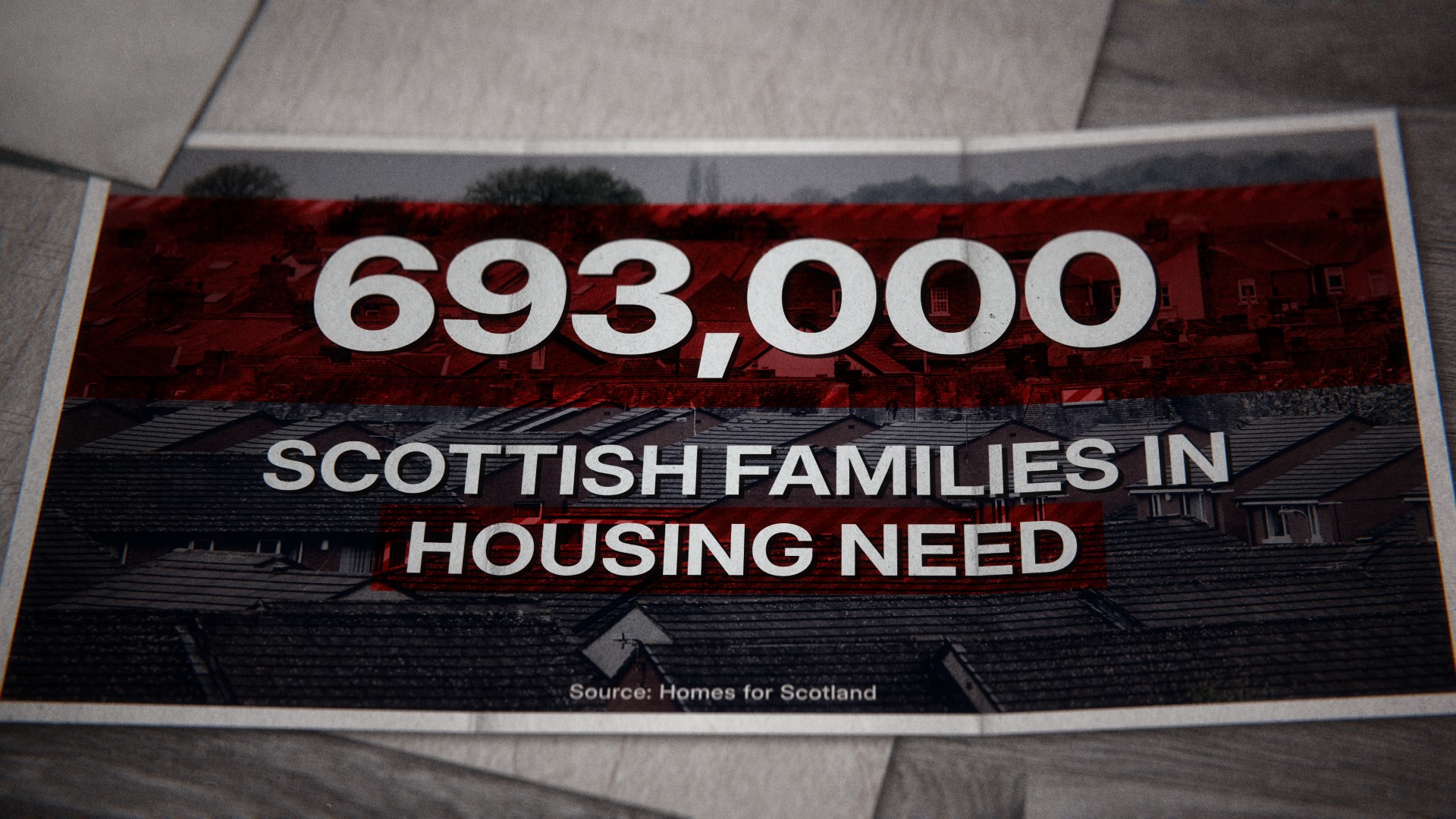 STV News
STV NewsSocial housing associations have told STV News, their waiting lists have doubled in the last year due to the continued cost of living crisis.
According to the Scottish Federation of Housing Associations (SFHA), rents in the social sector are at least half the level seen in the private rented sector, making them vital to turn the dial on poverty in Scotland.
They say we are not delivering social homes at the rate required and are calling for the Scottish Government to increase the Affordable Housing Supply Programme budget by at least £700m.
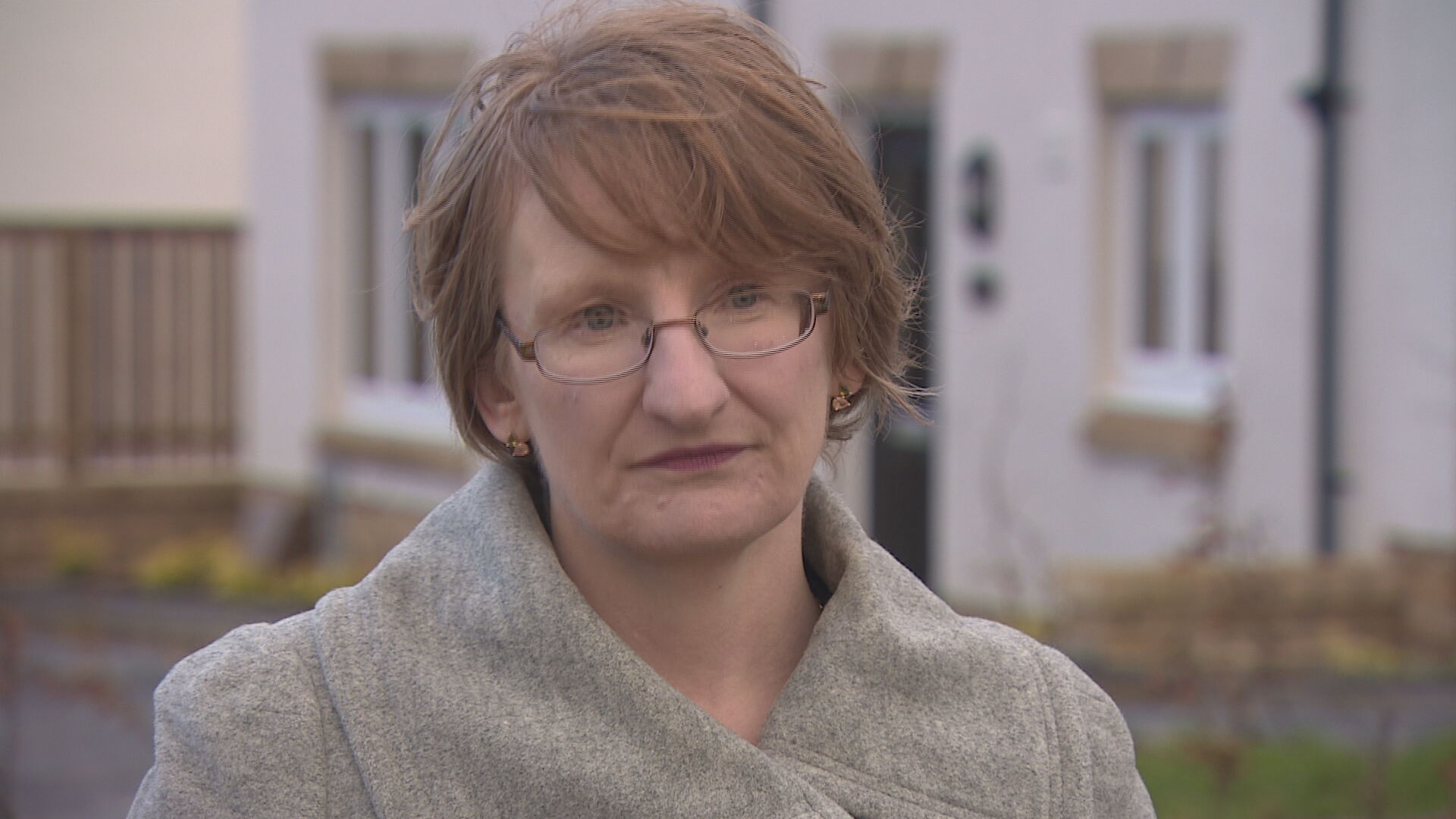 STV News
STV NewsCarolyn Lochhead, director of external affairs at the SFHA and says: “Essentially there’s not enough homes. The need is going up so we need to build more social homes. We need sustained and consistent funding and support from the Scottish government.”
“All the research shows that social housing in Scotland has made a real contribution to tackling poverty.
“When you compare with the UK, there’s more social housing available in Scotland and that is really helping to keep people out of poverty which the first minister has said is his defining mission and that’s why it’s so important that we make sure the budget is there to build more of these homes that we really urgently need.”
Private Sector Problems
The private sector has also seen its share of problems. This year alone, we have seen the collapse of Scottish housebuilders like Stewart Milne and J S Crawford creating job losses and uncertainty in the industry.
Homes for Scotland CEO, Jane Wood, says the housing building sector is fragile and is concerned there will be more housebuilders falling into administration if change doesn’t happen soon.
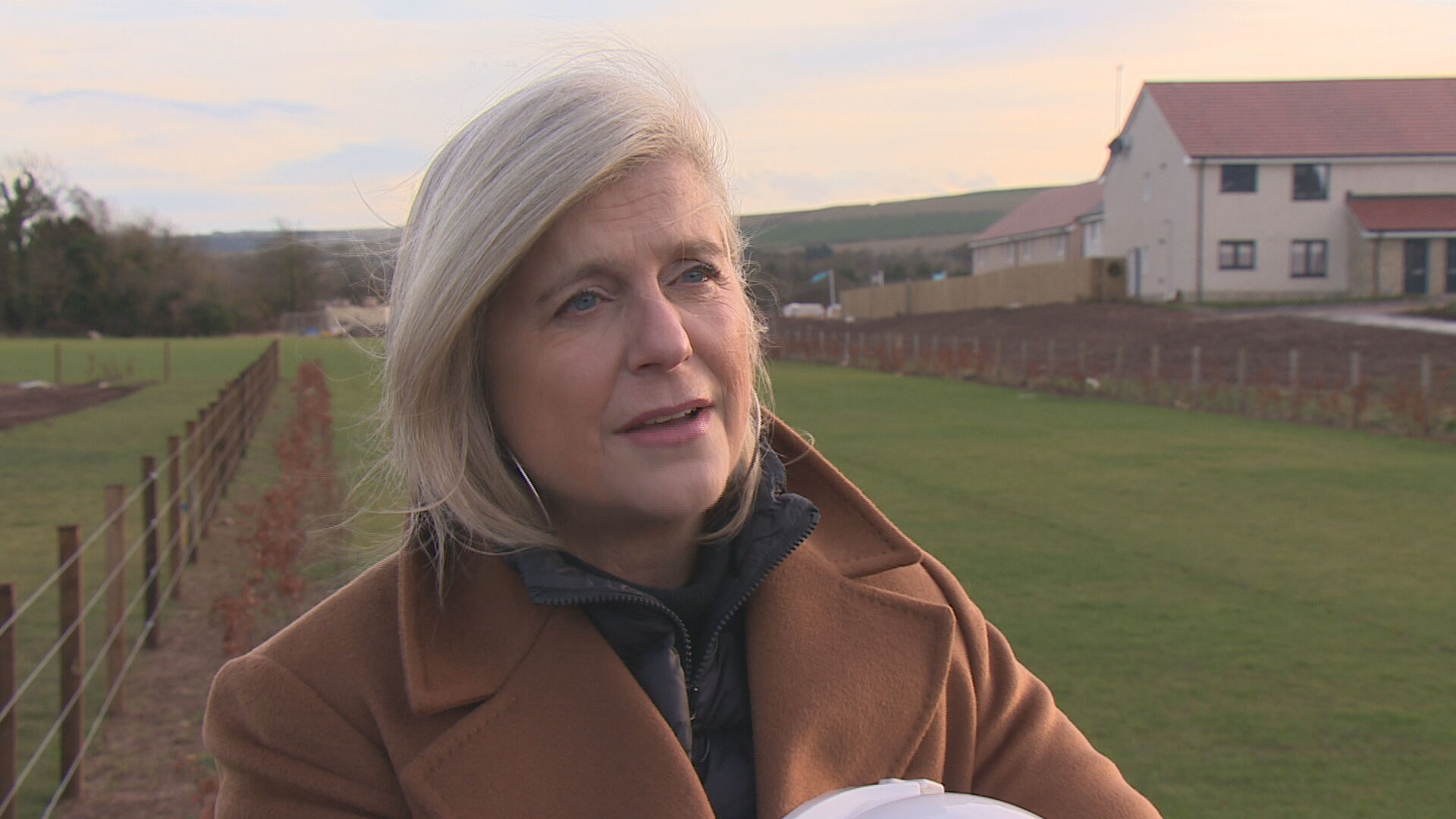 STV News
STV News“It is a very heavily regulated sector so there are increased cost pressures on the housing market and we need to be cognoscente of that. It’s been difficult market conditions.
“Mortgages, interest rates and labour costs are high. We’ve then had a cut in the housing budget from the Scottish government. There’s a lot of forces going against the industry at the moment.”
She says the solution to the housing crisis needs to be across private and public sector.
“We need action. We need to take collective and individual responsibility so we can all find solutions. It is a lot around policies. It is about resourcing planning and understanding the costs pressures for affordable housing because it’s all interconnected.”
Scottish Government Targets
The Scottish Government has a target of building 110,000 new affordable homes by 2032 but in December’s budget, the Deputy First Minister, Shona Robison, proposed a cut of almost £200m to the Affordable Housing Supply Programme (AHSP), almost 26%.
This drew criticism from charities and housing experts across the sector. Analysis from the Fraser of Allander Institute says this means the Scottish Government has wiped 37% from the AHSP budget in the past two years.
The Scottish Government say this is a result of UK Government funding cuts. This year, (deputy first minister) Shona Robison insisted increasing the housing budget would be “number one priority” if extra funds became available from the UK Government.
Paul McLennan is Scotland’s first dedicated housing minister. He has been in the role for almost a year and says he is determined to find solutions and recognises that more needs to be done.
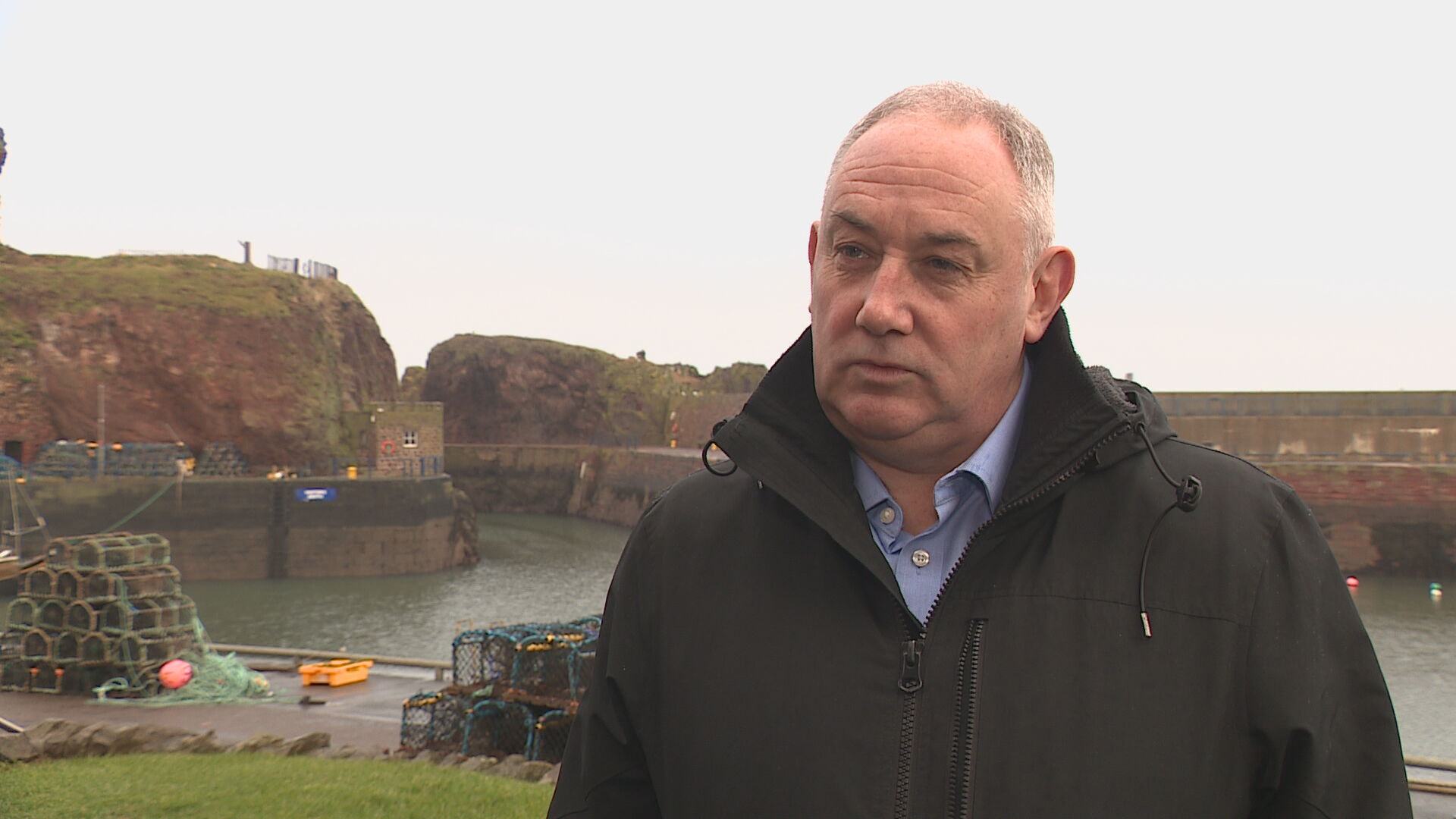 STV News
STV News“I am glad housing is being talked about. We recognise there are difficult challenges and are working fully with partners to find solutions.
“We work very closely with individual local authorities to try and bring forward more housing as quickly as we can and will continue to do so. Any solution needs to be all tenure housing and not just social housing.”
Next Steps
This week a Holyrood Committee will begin an inquiry into the Scottish Government’s Housing to 2040 strategy.
Ariane Burgess, convener of the local government, housing and planning committee, said: “Everyone should have access to safe, sustainable, and affordable housing which can deliver thriving communities for generations to come in every part of Scotland and we hope our scrutiny of Scottish Government plans can ensure this aspiration remains on track.”
Follow STV News on WhatsApp
Scan the QR code on your mobile device for all the latest news from around the country















